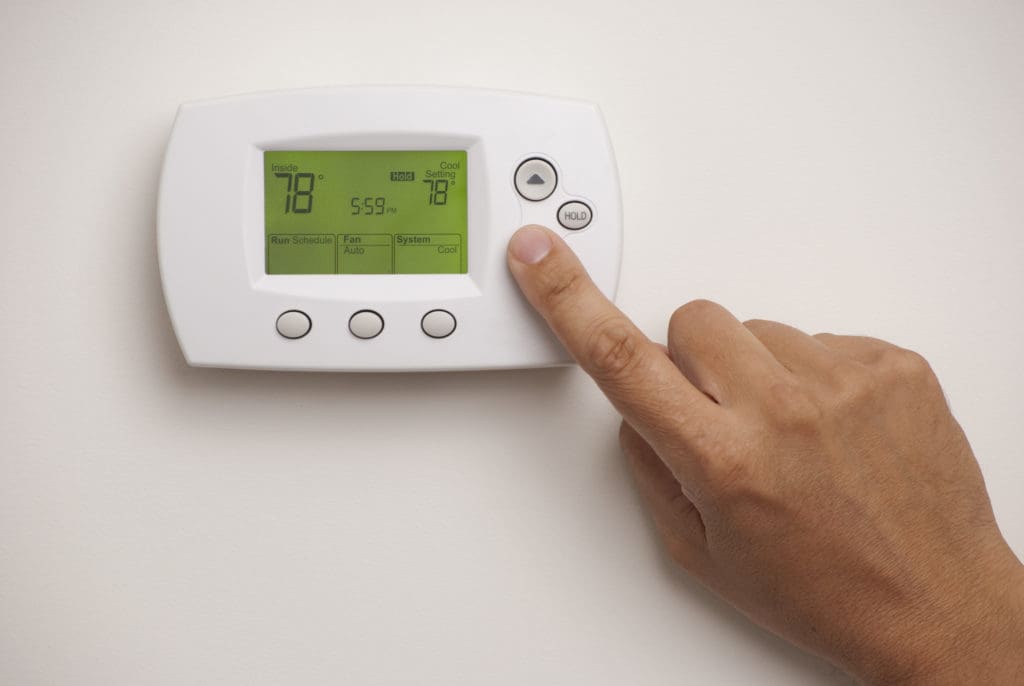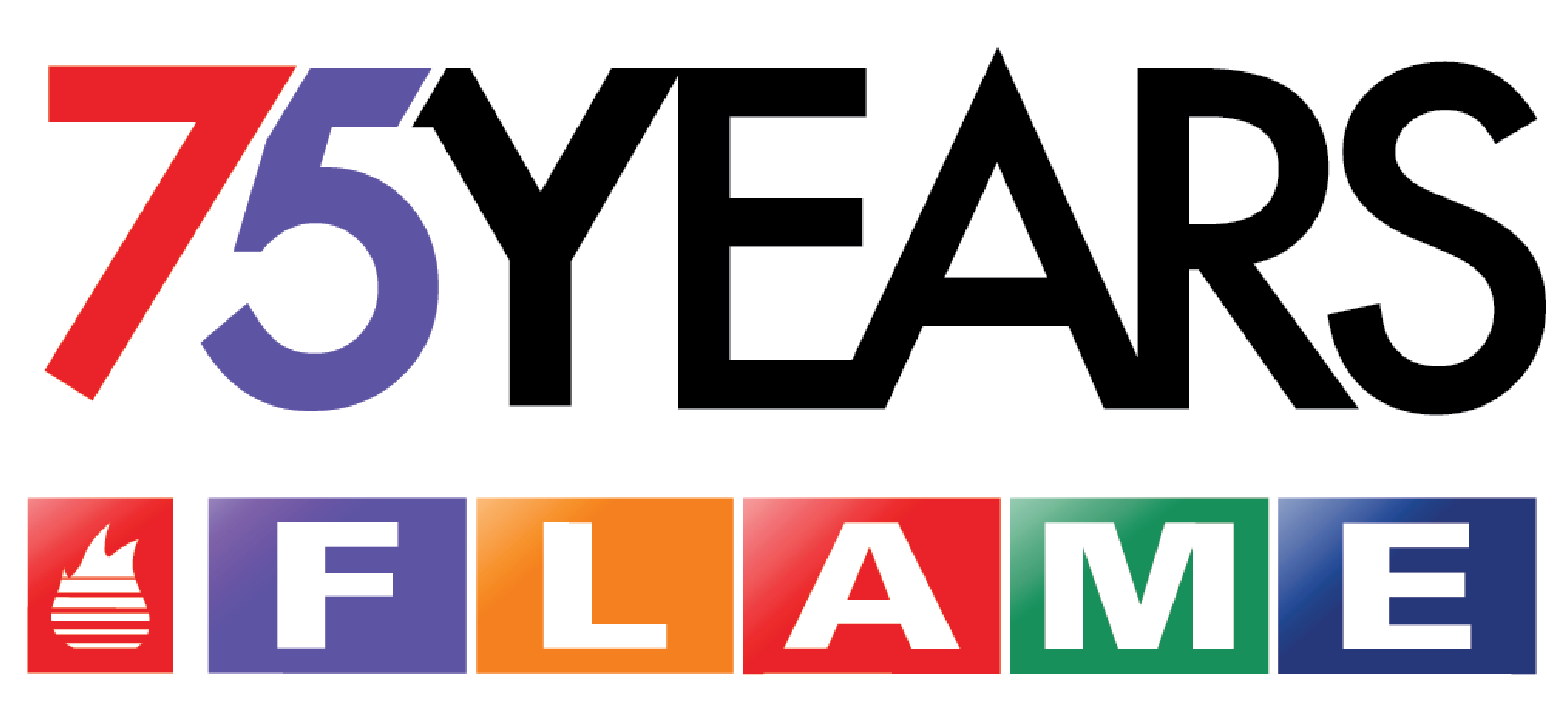How to Program a Thermostat

Programming a thermostat might appear simple, but there are some key factors to consider before making any changes to the dial, switch, button, or touchscreen. Advancements in current technology bring a plethora of new options, which can make something as basic as adjusting your thermostat a little more difficult than it used to be. For example, newer thermostats can now be set by voice activation.
Fortunately, most thermostats today have similar settings, so even if we don’t know what brand of thermostat you have in your home, there are methods that will work for most thermostats.
What to Do Before Programming Your Thermostat
Read the Manual
As painstaking as this may be, the most detailed instructions for adjusting and managing your specific thermostat can be found in the manual. If your thermostat is programmable, the manual will be quite useful. So, you should read it.
Learn the Controls
The majority of thermostats have similar controls. They usually include settings for adjusting the fan, cooling, and heating your home to your preferred level of comfort or efficiency. It’s important to understand where these settings are located on your thermostat and how to adjust them because every thermostat is slightly different.
Set the Date and Time on Your Unit
Be sure to set the date and time on your unit. This will allow you to program the thermostat to keep track of your schedule and change the temperature appropriately based on the season and your needs.

Things to Consider When Setting Your Thermostat
Your Family’s Schedule
See if your thermostat features daily, weekly, or weekend settings. A daily schedule allows for different schedules for each day of the week, while a weekly schedule uses an identical schedule. A weekday/weekend schedule allows for different schedules for weekdays and weekends. Most programmable thermostats have schedules that you manually enter into the thermostat. However, some smart thermostats can “learn” your habits and create a schedule after you’ve manually entered your temperature settings for a few days.
Once you’ve determined what kind of schedule your thermostat utilizes, write down the times your family typically wakes up, leaves home, returns home, and goes to bed each day of the week so you have them available when you’re ready to set your thermostat.
Temperature Settings
To optimize your thermostat’s settings, follow the guidelines from the Department of Energy. Set your “away” and “sleep” set points 7 to 10 degrees lower or higher than your “home” set point, depending on the time of year. In warmer months, set your air conditioning as high as possible when you’re home and higher when you’re away. In colder months, set your “home” set point at 68° F. Keep these settings updated at the start of each cooling and/or heating season. This will help maximize your savings and save money on your energy bills.
Location
The thermostat’s location will impact its performance and efficiency, potentially leading to “ghost readings.” To prevent incorrect readings, the thermostat should be installed on an interior wall, away from direct sunlight, drafts, and doorways.
Seasonal Considerations
To get the most out of your home heating and cooling equipment, here are some seasonal considerations.
Winter
- Set the temperature to 68 degrees Fahrenheit when you are at home and awake.
- Lower the temperature by at least 10 degrees during your sleeping hours or away from home.
Summer
- Set the air conditioning to 78 degrees Fahrenheit while you’re home.
- On days when you don’t need cooling, manually turn off the air conditioner.
- Before you leave your home for the day, program your thermostat to be a few degrees warmer than when you’re home. For example, if your thermostat is normally set to 72 degrees while you’re home, you can set it to start your AC when your home’s temperature reaches 76 degrees. Thus reducing energy costs.
Vacation/Hold Settings
If you’re going on an extended vacation, you can set your thermostat to “hold.” Depending on the season, it is best practice to set your thermostat a few degrees higher or lower than the outside temperature. This way, you will put less strain on your HVAC system.
System Compatibility
A programmable thermostat does not work with every heating and cooling system. Determine what is used to heat and cool your house before purchasing a programmable thermostat so you can verify if it is compatible or not.
Types of Programming Schedules
7-Day Programming
This seven-day program is the most adaptable and best for people or families with unpredictable schedules. It allows you to set separate heating and cooling schedules for each day of the week.
5-1-1 Programming
You can set up one heating and cooling schedule for the week and another for Saturday and Sunday.
5-2 Programming
For the 5-1 program, it is similar to the 5-1-1 program, but there is one key difference. There is a set schedule for Monday through Friday and a separate heating and cooling plan that is the same for both Saturday and Sunday.
1 Week Programming
One week of programming. You can only create one heating and cooling plan, which will be repeated daily for the full week.
Keep in mind that programming schedules are only applicable to some thermostats. Refer to your product’s manual for specific programming options.
Tip: You should come up with a program for both the warmer months and the cooler months.

Setting Your Thermostat
Change Factory Settings
- Choose the temperature settings based on the needs of you and your family.
- Set up the temperature schedule.
Test Schedule and Adjust as Needed
After you set up the programs, let them function for a few weeks before making adjustments to suit your family’s needs. Slowly adjust over time to ensure energy savings within an appropriate range.
Programming Tips
- Turn the system off before you leave
- Turn the system on before you get home
- Reduce the temperature before sleep
- Increase the temperature before waking up
Smart Thermostats
A smart thermostat is a Wi-Fi-enabled device that automatically adjusts heating and cooling settings for optimal performance. It earns the ENERGY STAR label for energy savings and offers convenience, remote control, and periodic software updates.
Schedule an Appointment 
Let FLAME take care of your heating, cooling, plumbing, or electrical service needs today. Call us at (586) 271-0884 or contact us online to get started. We offer same-day services, free in-home estimates, upfront pricing, background-checked technicians, financing options, and military, veteran, and senior discounts.
Sidebar
contact us
same day guarantee
Same Day Guarantee
Why Choose Flame Heating, Cooling, Plumbing & Electrical?
Expect Trustworthy Service & Excellent Craftsmanship
- Same-day services
- Licensed & insured
- Free estimates on replacement quotes
- Upfront & fair pricing
- Background checked technicians
- Financing options
- Military, veteran & senior discounts
- Responsiveness & respect for the customer's time
- Expertise in our field





